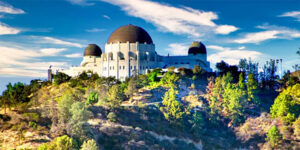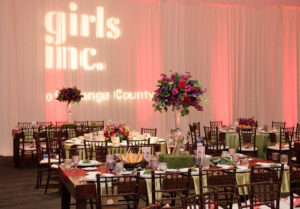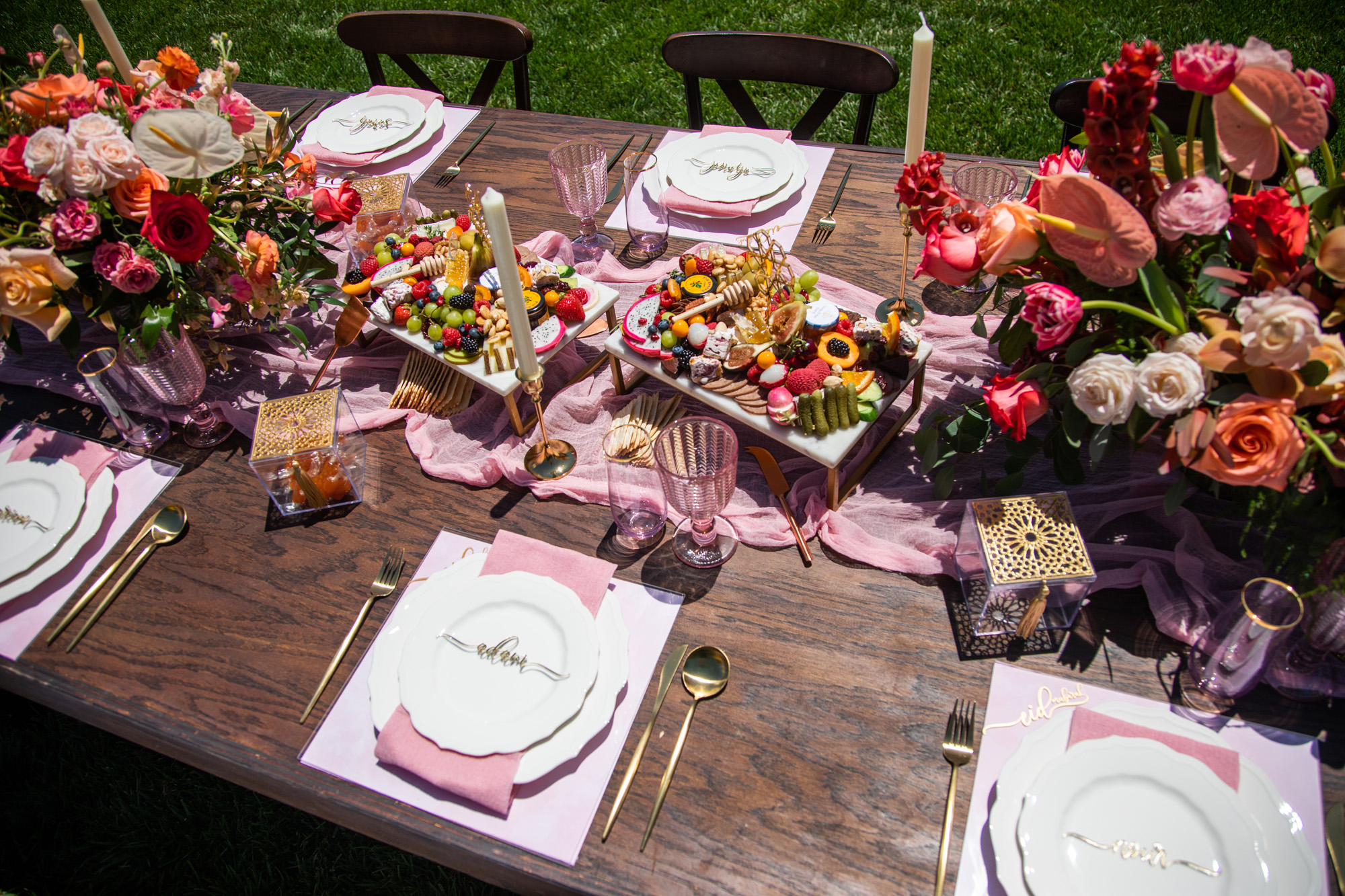Let’s just address the obvious question first: why would a company based in Anaheim take on events in Los Angeles? Because honestly, we got tired of watching couples and companies settle for “good enough” just because navigating the event scene felt overwhelming. And because—this might surprise you—some of the most authentic, memorable celebrations we’ve ever designed have happened in neighborhoods most people drive through without stopping.
Los Angeles, CA, isn’t one city. It’s a collection of villages, each with its own personality, and each requiring a completely different design approach. The rooftop event in Downtown that works for a tech company’s product launch would be completely wrong for a family celebration in Pasadena. The beachside wedding in Santa Monica needs different considerations than the garden party in Los Feliz.
At 2Create Designs, we’ve been quietly building relationships across this sprawling metropolis for years. Not because we needed another market—we had plenty of work in Orange County. But because great events deserve great design, regardless of zip code.
Wedding Design in the City of Angels
The Reality Check
You know what nobody tells you about weddings here? The venue you saw on Instagram might be gorgeous, but if your guests can’t park within six blocks or your vendors need three hours to load in, your dream day becomes a logistics nightmare.
Picture a wedding at the Getty Center where the art collection becomes your backdrop, or intimate ceremonies in Highland Park where the neighbor’s bougainvillea provides natural décor that would cost thousands to recreate. Both would be stunning. Both require completely different approaches.
What makes wedding design actually work in this market:
- Neighborhood intelligence – Understanding that Silver Lake couples want different aesthetics than Manhattan Beach families
- Traffic-informed timelines – Because a 2 PM ceremony in Century City hits different than a 2 PM ceremony in Manhattan Beach
- Cultural authenticity – This city’s diversity isn’t just demographic; it’s creative, professional, generational
- Scale flexibility – From 50-person gallery receptions to 300-person hotel celebrations that feel intimate
But here’s what becomes clear when working across the metropolitan area: the most successful celebrations don’t try to be themed around the city. They find the version that resonates with the couple and build from there.
Venue Categories That Make Sense
Historic Glamour The Ambassador Hotel might be gone, but venues like The Ebell carry that Old Hollywood energy. These aren’t reproduction elegance—they’re the real thing, with architectural details that can’t be faked.
Contemporary Art Spaces Museums, galleries, and creative venues where your celebration becomes part of the cultural landscape. Your wedding photos won’t look like everyone else’s because your backdrop literally is art.
 Natural Settings
Natural Settings
- Griffith Observatory for couples who want city lights and stars simultaneously
- Botanical gardens where California native plants create year-round interest
- Beach venues that don’t require hiking or complicated parking negotiations
Hidden Neighborhood Gems The restaurant buyouts in Los Feliz, the private estates in Hancock Park, the creative spaces in the Arts District where industrial architecture meets sophisticated design.
Corporate Event Design: Beyond the Hollywood Clichés
Around 76% of corporate event planners report that venue location affects attendee satisfaction more than menu choices. Which makes sense when you realize your Seattle-based team probably has opinions about spending three days in traffic just to attend meetings they could have done via Zoom.
Corporate events that succeed here solve real problems:
 Executive Retreats That Actually Retreat
Executive Retreats That Actually Retreat
Conference rooms with city views that remind everyone why they work in creative industries. Venues in Malibu or Manhattan Beach where teams can transition from strategic planning to actual relaxation without driving across town.
Client Entertainment Worth the Flight
Entertainment industry events that feel authentic rather than forced. Tech company celebrations that acknowledge the area’s role as Silicon Beach without trying too hard to be cool. Healthcare conferences that use world-class medical facilities as venues rather than generic hotel ballrooms.
Product Launches That Generate Buzz
Because in a city where everyone’s launching something, your event needs to cut through noise. Product launches that utilize the creative infrastructure—soundstages, rooftop venues, cultural institutions—create experiences people actually want to attend and talk about.
Why Smart Companies Choose Los Angeles (Despite the Obvious Challenges):
Creative Energy – This metropolis runs on innovation, which translates to more engaging corporate events
Industry Access – Your attendees can schedule other meetings, partnerships, or cultural experiences
Venue Diversity – From beach clubs to museums to historic theaters, options exist that hotel ballrooms can’t match
But let’s be realistic: corporate events here require more planning, better communication, and contingency strategies that account for everything from award show traffic to surprise film shoots blocking your preferred entrance.
Social Celebrations: Real Life in the Entertainment Capital
The Complexity Factor
Social events here carry weight that’s hard to explain to people who haven’t lived in this area. This isn’t just about demographics or income levels (though both vary wildly across neighborhoods). It’s about a place where your child’s elementary school teacher might be developing a screenplay, where retirement parties celebrate people who built the entertainment industry, and where quinceañeras rival movie premieres in production value.
Types of events that thrive in this environment:
- Multi-generational celebrations where Hollywood history gets passed down through family stories
- Industry milestone parties – 25 years at the studio, first Emmy nomination, retirement from decades in “the business”
- Cultural heritage events that honor traditions while acknowledging this city’s role in shaping modern American culture
- Educational fundraisers where private school auctions raise serious money and public school benefits get creative venue support
- Community celebrations that bring together neighborhoods where million-dollar homes sit next to rent-controlled apartments
Design Approaches That Work
Embrace the Neighborhood Character A celebration in Venice should feel different from one in Brentwood, which should feel different from one in Silverlake. The venues, vendors, and even guest expectations change dramatically across the area’s geography.
Cultural Integration, Not Appropriation This city’s diversity creates opportunities for beautiful fusion celebrations, but it also requires sensitivity and authenticity. We work with vendors and traditions that have deep community roots rather than surface-level aesthetics.
Scale Consciousness Social events here range from intimate house parties to elaborate productions. Success comes from matching your scale to your goals, not trying to compete with whatever you saw on social media last weekend.
But here’s something interesting: the most memorable social events in this market tend to be smaller than their equivalents in other areas. Maybe it’s because people here understand production value, or maybe it’s just that when everyone’s competing for attention, intimacy becomes luxury.
Neighborhood-Specific Considerations
The Geographic Reality
Westside Events (Santa Monica, Venice, Brentwood): Beach proximity affects everything from vendor access to guest attire. Parking situations range from valet-required to “good luck finding anything within walking distance.” But sunsets here provide natural drama that’s impossible to replicate.
Central Area (Hollywood, Los Feliz, Silver Lake): Creative venue options but also creative challenges—sound permits, parking restrictions, neighborhood considerations. The artistic community here means access to unique vendors and unconventional spaces.
Downtown: Urban sophistication with real infrastructure. Hotels, restaurants, and transportation that work for events. But also event competition from corporate conferences, cultural institutions, and sporting venues.
South Bay (Manhattan Beach, Hermosa, Redondo): Beach town energy but with metropolitan access. More relaxed timeline expectations but still high-level quality expectations.
San Fernando Valley: Often overlooked but offering excellent value and accessibility. Venues here typically provide better parking and vendor access than their westside equivalents.
Pasadena/East Area: Historic venues, cultural institutions, and community spaces that offer architectural character without downtown traffic complications.
Each area requires different design approaches, vendor relationships, and logistical strategies. You can’t just apply a generic template.
Seasonal Rhythms & Industry Timing
Award Season Reality (January-March)
Venue availability gets complicated when half the city’s in formal wear multiple nights per week. But if you’re not competing directly with industry events, vendors often have more flexible scheduling during their busy season.
Pilot Season (March-May)
The entertainment industry energy affects even non-industry events. There’s optimism in the air, new money being spent, creative energy at its peak. Great time for product launches and corporate celebrations.
Summer Festival Season (June-August)
Beach weddings and outdoor events compete with music festivals, film screenings, and cultural events. Timeline planning needs to account for increased traffic and venue competition.
Awards Campaign Season (September-December)
When the industry ramps up for next year’s awards push. Corporate events often get scheduled around screening schedules and industry obligations.
But here’s what matters most: Unlike seasonal resort communities, this metropolis operates year-round. Your event timing should be driven by your goals and guest convenience rather than weather or tourism patterns.
Timeline & Logistics: The Stuff Nobody Mentions
Traffic-Informed Planning
Morning Events: Downtown and Century City work well. Beach communities and valley locations get complicated during rush hour.
Afternoon Events: Consider school pickup patterns in family neighborhoods, studio shift changes in Hollywood, and general afternoon traffic flow.
Evening Events: Sunset timing varies seasonally, but so do rush hour patterns and cultural event schedules.
We build timelines that account for the city’s rhythm rather than fighting it. This means vendor arrival coordination, guest communication that acknowledges drive times, and backup plans that assume someone’s going to be late because of unexpected traffic.
Vendor Network Advantages
The creative community here includes artists, musicians, photographers, and craftspeople who work at the highest professional levels. Access to talent here exceeds most markets, but managing expectations and schedules requires understanding industry rhythms.
The flip side: everyone here has opinions about aesthetics, and everyone’s been to events with million-dollar budgets. Your design needs to hold its own in a community that notices details.
Investment Framework for Events
Budget Distribution That Makes Sense
Venue costs range from affordable community spaces to luxury pricing that rivals New York or San Francisco. But venue choice affects every other budget category—parking, vendor access, permit requirements, insurance needs.
Design services typically represent 20-35% of total event budgets, but the venues here often provide such dramatic backdrops that design investment has more impact than in neutral spaces.
Logistics coordination usually requires larger budget allocation than other markets—transportation, communication, contingency planning for scenarios that don’t exist in simpler markets.
Value Considerations Worth Mentioning
Your event competes with world-class entertainment options. Your celebration needs to offer something guests can’t get at the theater, concert venue, or restaurant they were considering instead.
But here’s the advantage: when you succeed, you succeed at the highest level. Events that work here become the standard by which people judge future celebrations.
Our Approach: Adapted for Complexity
Understanding Your Vision
Initial consultations here take longer because we need to understand which version appeals to you. The entertainment industry version? The beach community version? The cultural institution version? The neighborhood family version?
Your event design should amplify your chosen character while acknowledging the practical realities of celebrating in a city this complex.
Venue Selection Strategy
We evaluate locations based on:
- Guest accessibility from various parts of the metropolitan area
- Vendor access and setup requirements
- Neighborhood character and how it enhances your celebration goals
- Permit requirements and community considerations
- Contingency options for scenarios unique to this market
Design Development
Custom concepts that honor both venue character and neighborhood context
Logistical coordination that assumes complexity rather than hoping for simplicity
Vendor management within the professional creative community
Timeline development that works with local rhythms rather than against them
Execution Excellence
Our team understands that events here often attract guests who’ve seen everything. We focus on creating authentic experiences that feel special because they’re genuine, not just expensive or elaborate.
Getting Started: What You Need to Know
Contact 2Create Designs for your complimentary consultation. We’ll explore how to create an event that honors both your vision and the specific version of Los Angeles that makes sense for your celebration.
Because ultimately, the best events here don’t try to be “LA events”—they find their own corner of this massive, complex, creative city and make it shine.
Serving Greater Los Angeles including Downtown, Hollywood, Beverly Hills, Santa Monica, Pasadena, Manhattan Beach, Venice, Los Feliz, Silver Lake, and surrounding communities throughout the metropolitan area.


